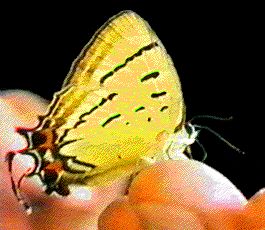Coevolution

Coevolution is the evolution in two or more species in which the evolutionary changes of each species influence the evolution of the other species. In other words, each species exerts selection pressures on, and evolves in response to, the other species.
This may result in mutualisms, in which two or more species show morphological or behavioral coadaptations, or in antagonisms, which may result in evolutionary escalation (see also Red Queen equilibrium).
The clearest examples of coevolution come from ecologically coupled pairs of species. In practice each species will experience, and exert, selective pressures on many other species. The evolution of a species will be an aggregate response to all its mutualists and competitors, and any evolutionary change may not be easy to explain in terms of any one competitor.
The process is called diffuse coevolution. It undoubtedly operates in nature; indeed, it may be the main force shaping the evolution of communities of species. But it is difficult to study, and its importance is consequently controversial.
Naomi Pierce gives an account of coevolution.
The Lycaenid butterfly pictured opposite has a mutualistic relationship with the Formica fusca ant. Whether the two species have coevolved together is being researched.
What is the difference between coevolution and coadaptation?
| Next |



